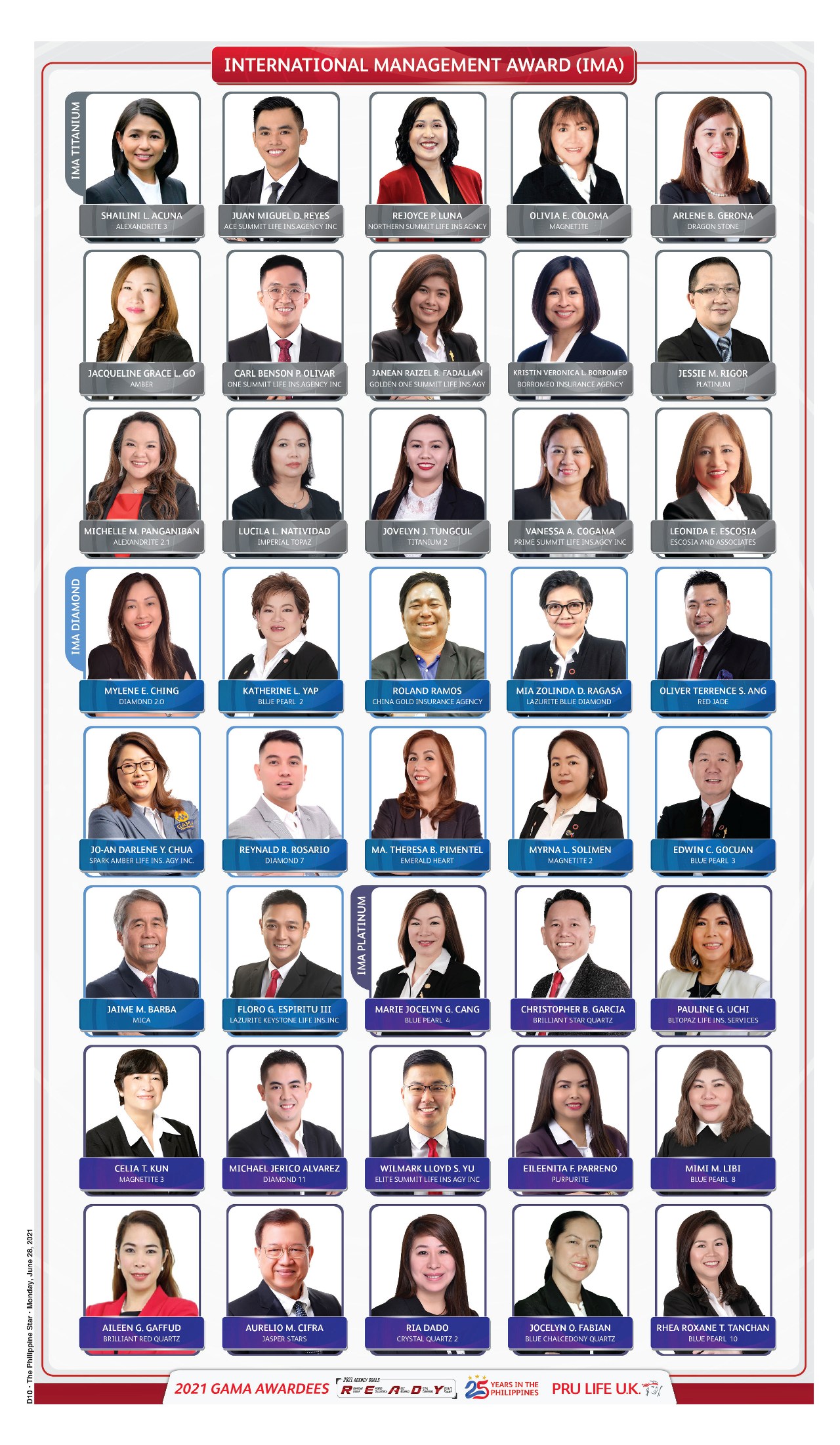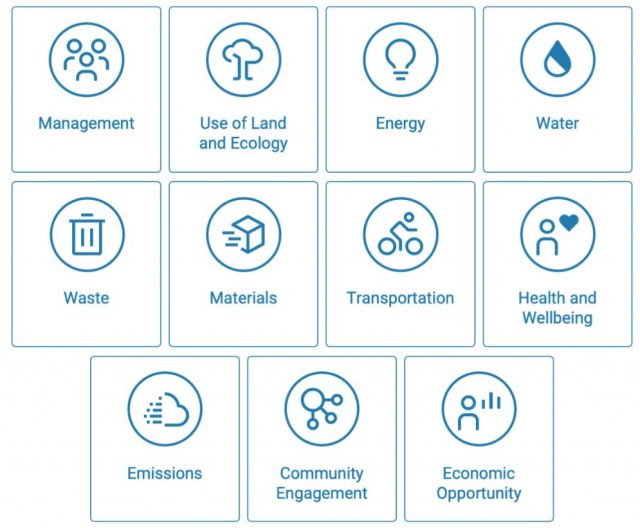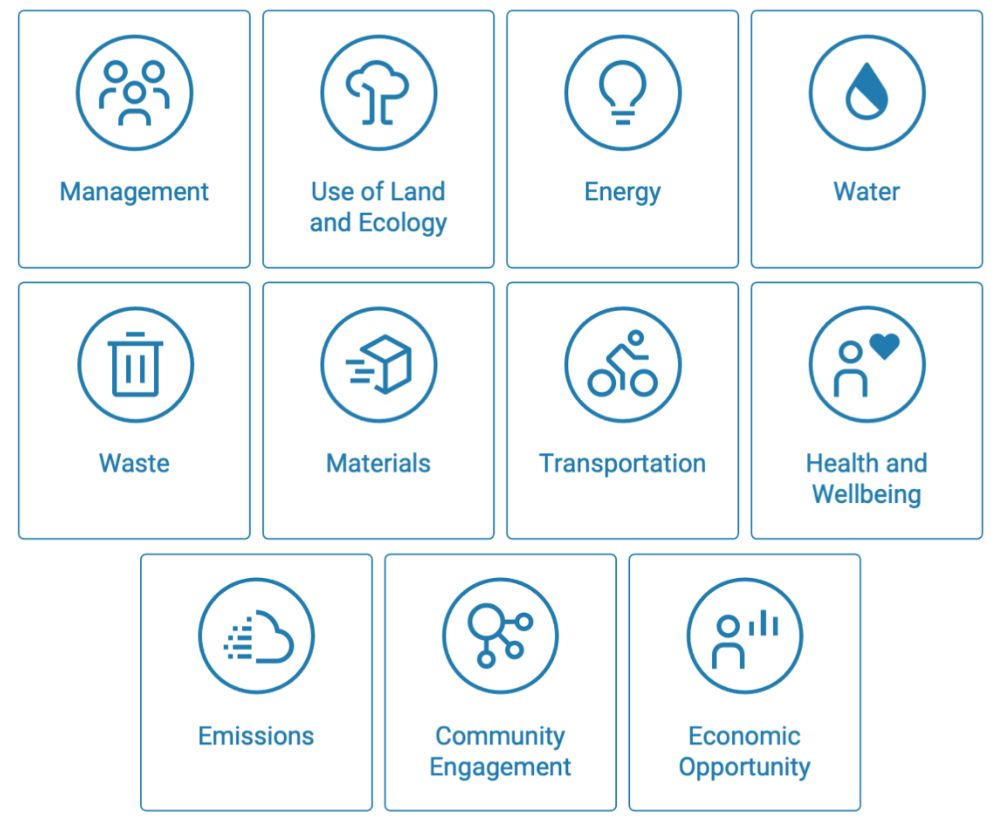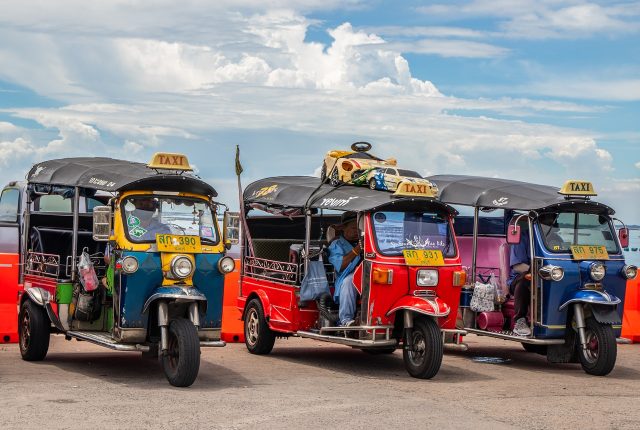Suns aim to close out Clippers, reach first Finals since 1993
THE Phoenix Suns can punch a ticket to their first NBA Finals since 1993 when they look to close out the visiting Los Angeles Clippers in Game 5 of the Western Conference finals on Monday night.
The Suns advanced to the doorstep of franchise history by taking a 3-1 lead with an 84-80 win in Los Angeles on Saturday in a series that has taken a defensive turn after a free-wheeling, 120-114 Phoenix win in the opener last Sunday.
While much attention has been on veteran guard Chris Paul, who missed the first two games while in COVID-19 protocol, and his bid to reach the NBA Finals for the first time in his 16-year career, the Suns have ridden a strong defense led by anchor Deandre Ayton to their commanding position.
Playing in his first postseason, Ayton has been the Suns’ individual standout after Devin Booker’s 40 points led the way in the series opener. The No. 1 overall pick in the 2018 draft has recorded double-doubles in each of Phoenix’s last two wins, including a dominating 19-point, 22-rebound effort in Saturday’s critical victory.
With Ayton protecting the hoop, the Suns limited the Clippers to 32.5-percent shooting overall and 5-for-31 (16.1 percent) on 3-pointers in Game 4. This allowed the visitors to eke out a win despite hitting just 36.0 percent of their own shots and four of their 20 attempts from beyond the arc.
In the wake of arguably the best performance of his career, and on the eve of one that could be even more significant, Ayton took time to credit Paul, who has struggled offensively after his lengthy absence that began after the previous series against Denver.
A Suns win would not only make them the first Western representative from outside the state of California to make the Finals since 2014 but also just the second No. 2 seed to advance from the West since 2013. Golden State, who made five straight Finals appearances before the Los Angeles Lakers last season, was the last No. 2 seed to advance out of the West in 2018. — Reuters























